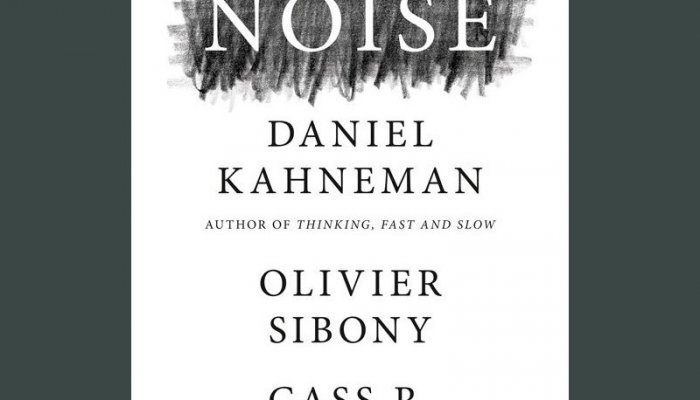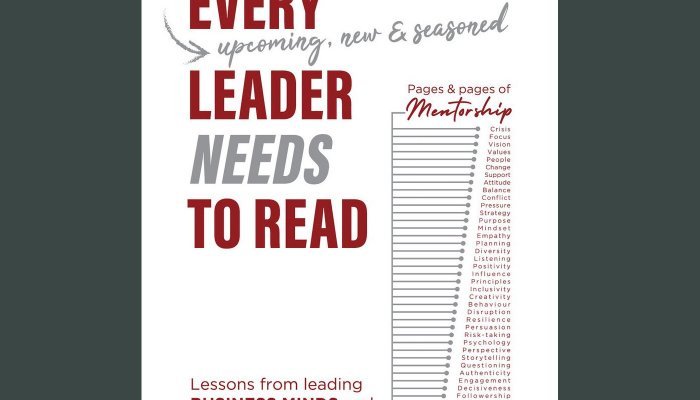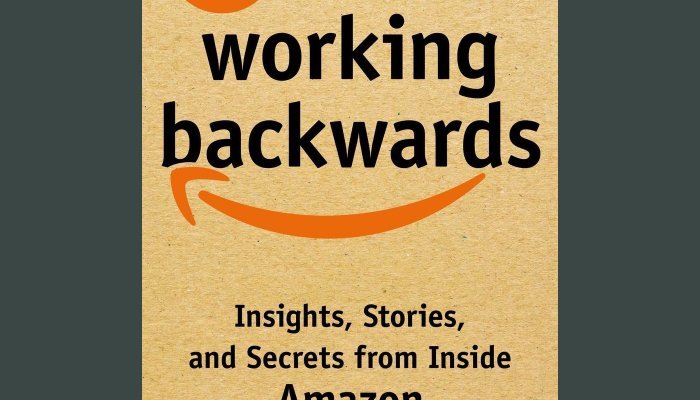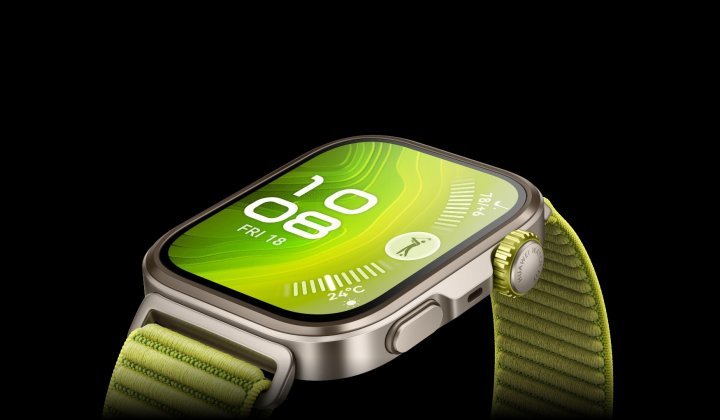
Working Backwards – Insights, Stories and Secrets from Inside Amazon
Colin Bryar and Bill Carr
Macmillan – R338
Let me not waste your time. Just rush out and buy Working Backwards. It’s that good and will almost certainly change the way you go about your business.
What? You want more persuading? OK, well, let’s start with the fact that Colin Bryar and Bill Carr were Very Big Dogs at Amazon for some 27 years, most of those in the truly formative period between – roughly – 1998 and 2011. Bryar spent two of those years as ‘shadow’ to founder, Jeff Bezos, with him every hour of the working day, in every meeting and privy to every thought. Carr worked a level down but still built and ran key components of Amazon’s businesses.
In Working Backwards, they start with a very simple two-part question: how did Amazon and Bezos do it, and why are they so successful in so many different areas, from retail to Amazon Web Services, to digital media? This, by the way, was a real question to the authors from the CEO of a Fortune 100 company.
They reveal that Amazon has developed and refined an architecture of internal processes and practises which are adhered to with almost religious tenacity. Their book is simply a guide – a breakdown, if you would prefer – of what these practises are, how they’re used at Amazon, and how you could certainly use some or all of them at your company.
What you will not realise until you get into the book is just how very different these things are at Amazon compared to more traditional companies. More importantly, you will see just how blindingly obvious and common-sensical they are, yet how very difficult they can be to implement.
At the centre of the architecture are 14 Leadership Principles. It’s a list that could probably have been compiled by a GIBS MBA class, with ‘Customer Obsession’ in the No.1 spot, followed by things like ‘Hire and Develop the Best’, ‘Insist on the Highest Standards’, and ‘Deliver Results’. All very bog-standard, you might say. You’d be right until you begin to understand just what these mean at Amazon. Under ‘Customer Obsession’, we learn that this means that leaders start with the customer and work backwards. They work vigorously to earn and keep customer trust. Although leaders pay attention to competitors, they obsess over customers. ‘Obsess’ is the key word here, so much so that if you have a new idea or product to develop, the first thing you do is write the final press release and an accompanying list of frequently asked questions. In this way, the product development process is seen through the customer’s eye right from the word ‘go’ and refined accordingly. The PR/FAQ is circulated to your peers, superiors, and even subordinates, who all try as hard as they can to pick it apart. This is, literally, working backwards.
‘Insist on the Highest Standards’: again, it sounds obvious until you learn that part of this process involves a ban on all PowerPoint presentations. If you’re tabling an idea or a report to a committee, you use a format called a ‘six-pager’ – six A4 pages, which carry about 3,500 words. Your ‘six-pager’ is read at the start of the meeting by everyone present. Then only are the contents discussed. The result is that the committee receives about 10 times more information than it would from a PowerPoint deck, and the subsequent discussion is far more nuanced and thoughtful.
The chapter on how Amazon hires new staffers – a process called Raising the Bar – alone is worth the price of this book. I just wish that I had owned a copy of Working Backwards when I started on my own business journey a long time ago.
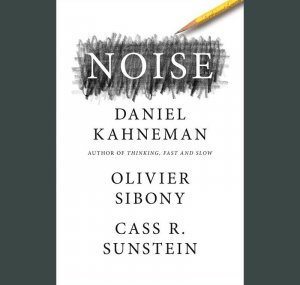
Noise – A Flaw in Human Judgement
Daniel Kahneman, Olivier Sibony, Cass R. Sunstein
Harper Collins – R360
How do we make decisions which are calls of judgement? What influences the decision-making process in our brain? And, how likely are those decisions to be accurate – or at least as close to accurate as possible? These are important questions which, in the business context, to say nothing of the personal, can have ramifications worth millions of rands.
There’s a fair chance that by now, you might well have read Daniel Kahneman’s magisterial 2011 work, Thinking Fast and Slow. You are probably familiar with concepts related to decision-making and judgement like bias – anchoring, framing and so on. These have been much written about and are well researched.
Much less so is what Kahneman and his colleagues, Sibony and Sunstein, call ‘noise’: “…in public conversations about human error and in organisations all over the world, noise is rarely recognised. Bias is the star of the show. Noise is a bit player, usually offstage… This book is our attempt to redress the balance.”
So, what is ‘noise’? Noise is the assortment of random, background variables which cause us to make different judgements about the same set of facts. Noise is why different doctors will make different judgements about a patient’s condition. It’s why a judge will hand down a harsher sentence just before lunch when he or she is tired and hungry. Noise is why you or I will make a decision different from today’s after we have ‘slept on it’.
Bail decisions, forecasts, asylum decisions, forensic science are all noisy and in different ways. Kahneman et al. go into great detail explaining the different kinds of noise, how to distinguish noise from bias, and how to quantify their combined effect.
As you would expect, they also spend much of the last part Noise detailing how to counter the problem, and in doing so, how to make better judgements.
Fascinating, tough reading in parts, especially if you don’t have a basic understanding of statistics, but a vital work for anyone who makes any kind of decision. Which, after all, is most of us.
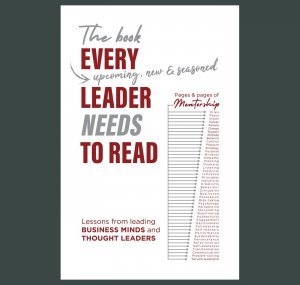
The Book Every Leader Needs to Read
48 authors
Tracey McDonald Publishers – R310
Forty-eight authors? Indeed, because this is a collection of 48 short essays from some of South Africa’s leading business minds: coaches, thinkers, executives, entrepreneurs and so on.
Some, like Abdullah Verachia and Dr. Roze Phillips, are faculty at GIBS. Others, like Allon Raiz, Ian Fuhr and Dov Girnun, have been featured in Acumen. Others, like Andrew Golding, Bonang Mohale, Brand Pretorius and Edwin Cameron, are household names.
Each essay either touches on an aspect of leadership or sets out the author’s recipe for great leadership. In Join Me On The Balcony, Abdullah Verachia reminds us that leadership is ‘an ability we begin shaping – explicitly or implicitly – from childhood’. He tells a personal story of how, while still at school, a sudden impulse to enter a debating competition in the US changed his life and led – eventually – to his job at GIBS.
Dr. Roze Phillips searches for empathy in Learn Their Language. Enter Their World. “Empathy is leadership vulnerability in action,” she says, reminding us that in a 2020 Harvard Business Review-supported survey, “leadership empathy was the second-most cited employee need after manageable workloads.”
Phillips practises what she preaches. Before joining GIBS, Phillips was head of the human resource team at ABSA. Deep in the middle of the Covid-19 lockdown, she discovered that a member of the team is suffering from depression and missing one of her coping mechanisms, a weekly Park Run. Immediately, Phillips offers to run with the colleague in a virtual 10km, and the rest of the team instantly agree to run, too. She rediscovers her own empathy at that point, calling it ‘a leadership moment’.
These are just two examples from the 48, each one very different in style and content. What they have in common is a thread of wisdom based on experience and brevity. If you enjoy learning and stimulation in short chunks, The Book Every Leader Needs to Read is the right one for you.


